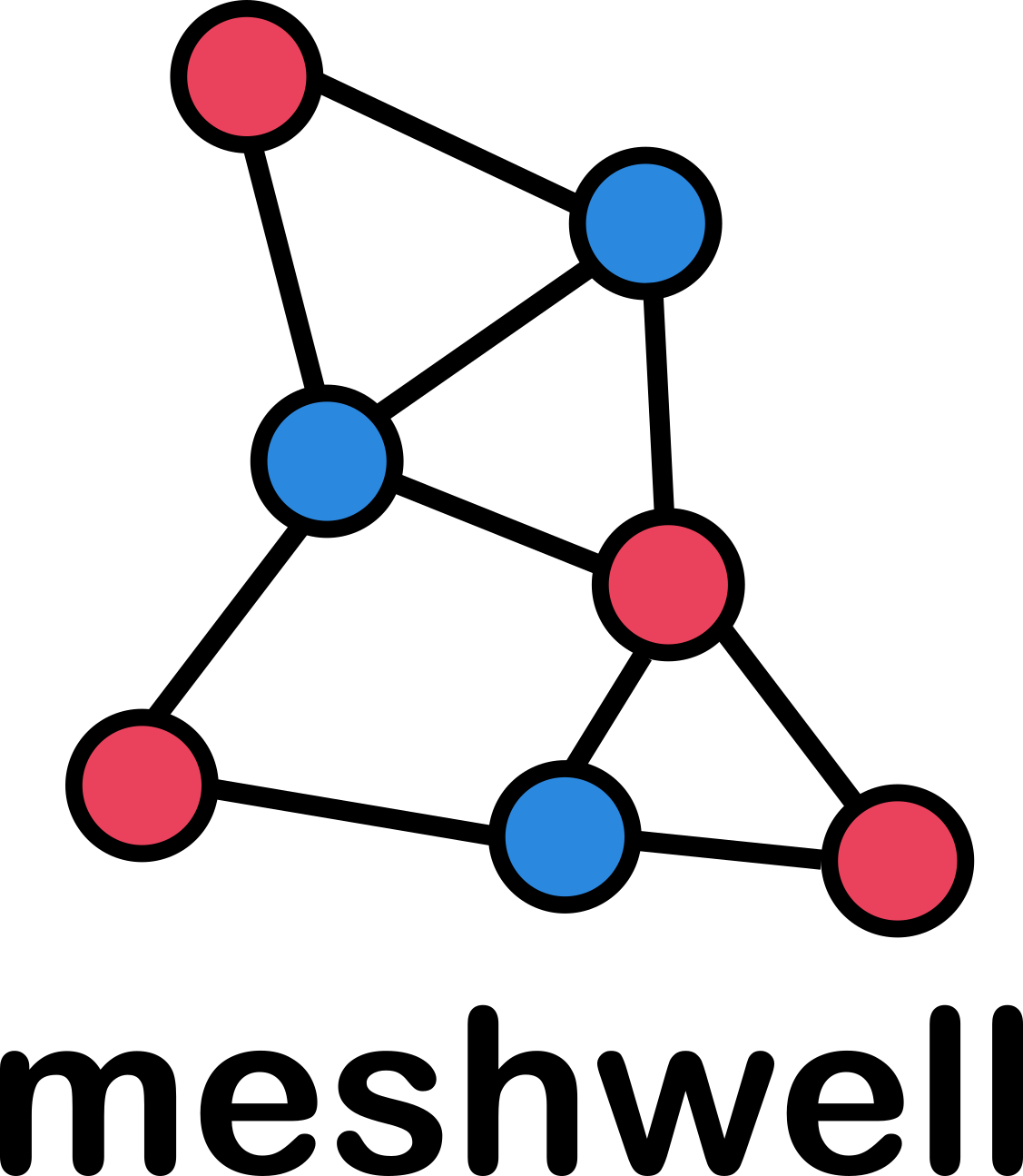Meshwell#

Project is under active development, stay tuned for improved features, documentation, and releases!
Meshwell is a Python wrapper around GMSH that provides:
(1) a Prism class that simplifies, to the point of automating, the definition of solids from arbitrary (multi)polygons with “buffered” extrusions;
(2) a simple API where such Prisms and regular GMSH OCC objects are specified in an ordered dictionary of mesh priority, and whose keys are then used to label the mesh entities and their interfaces unambiguously;
For instance:
See the documentation for more information and examples. If you encounter a big, you can make an issue so we can improve the software over time. Contributions are also welcome, see open issues for current bugs and requested features.
Background#
This code was originally developed to define meshes out of the GDSII descriptions of integrated photonic circuits. A particularity of such devices is rich 2.5D topology, featuring multiple layers of smooth curves in the plane and etching profiles vertically. Maxwell’s equations (hence the name) are solved on these geometries to study how light propagates. It is also of critical interest to simulate how this is affected under other physical effects that can be resolved through finite-element or finite-volume analysis.
Other notable GMSH Python interfaces:#
gmsh: the gmsh Python API itself has significantly improved over the years
pygmsh: manipulate Python objects instead of gmsh entity tags
objectgmsh: class wrappers around entities
gyptis: uses basic gmsh for photonic geometries
Acknowledgements#
Simon Bilodeau (Princeton): maintainer
Helge Gehring (Google X): beta testing, use cases, bug fixes, improvements
Joaquin Matres Abril (Google X): code improvements
Niko Savola (Google): beta testing, use cases, bug fixes, improvements

